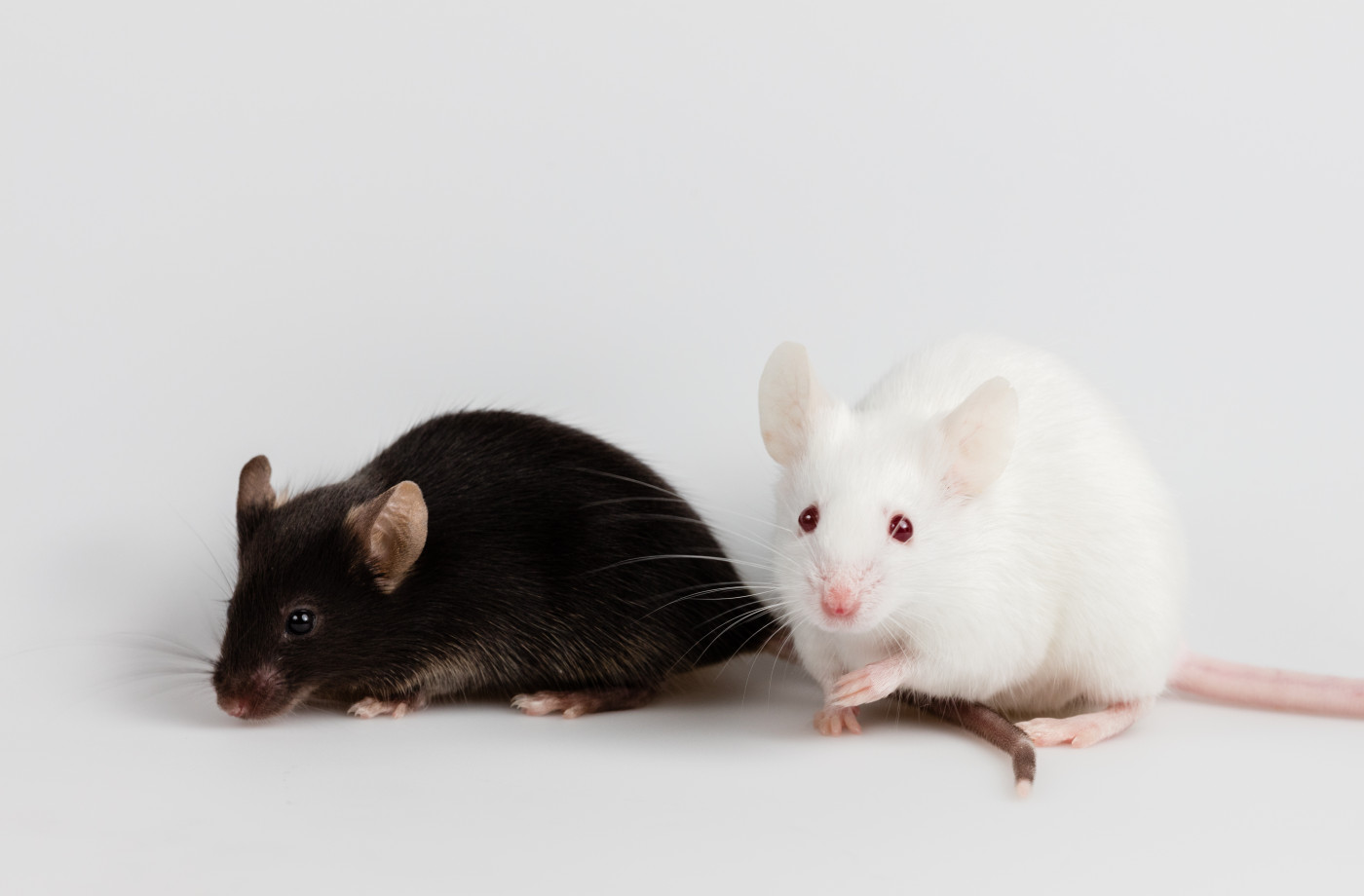Indotecan Shows Early Promise in Treatment of Angelman Syndrome
Written by |

Indotecan (LMP400), a compound already in Phase 1 clinical trials, showed promising results as an Angelman syndrome treatment, a mouse study reported.
The study, “Characterization and structure-activity relationships of indenoisoquinoline-derived topoisomerase I inhibitors in unsilencing the dormant Ube3a gene associated with Angelman syndrome,” was published in Molecular Autism.
Angelman syndrome is a genetic neurological disorder caused by the loss or malfunction of the maternal copy of the UBE3A gene in neurons from specific regions of the brain. This gene provides instructions to make an enzyme called ubiquitin protein ligase E3A, which normally targets other proteins to be destroyed.
The paternal copy of the UBE3A gene, however, remains unaffected in these patients. This has led researchers to hypothesize that “unsilencing,” or activating, the paternal copy of UBE3A in neurons lacking the maternal copy of the gene could be a therapeutic target to treat Angelman syndrome.
Indotecan is an inhibitor of topoisomerase 1 (Top1) similar to topotecan. Top1 is an enzyme that controls and changes DNA structure during the process of transcription — when the genetic information contained within DNA is read and transformed into another molecule called RNA.
Researchers had previously shown that topotecan was able to unsilence the paternal copy of UBE3A in mice and in neurons derived from stem cells collected from Angelman patients.
Despite its therapeutic potential, topotecan’s limited bioavailability — the rate and extent to which a drug reaches its site of action — in the central nervous system and high toxicity prompt researchers to look for alternatives.
The team identified and evaluated the therapeutic potential of other Top1 inhibitors that retained topotecan’s efficacy and could eventually overcome its technical limitations regarding safety and bioavailability.
Scientists tested 13 Top1 inhibitors to identify those that were most effective at unsilencing the paternal copy of UBE3A in neurons in an Angelman mouse model. Besides measuring compounds’ efficacy, researchers also determined their toxicity and optimal dosage.
It was found that all 13 tested could unsilence the paternal copy of UBE3A in neurons — similar to topotecan. Among these, indotecan a higher level of efficiency, surpassing even topotecan.
“Of the compounds we tested in vitro, indotecan (LMP400) appears to have more favorable paternal UBE3a unsilencing properties than topotecan. While both topotecan and indotecan exhibit CNS [central nervous system] penetrance, there are not yet data available to directly compare their relative CNS bioavailability; there is a need to carefully establish the CNS bioavailability of indotecan,” researchers said.
However, toxicity results showed that indotecan was identical to topotecan, as measured by the compound’s lethal concentration.
“[A]lthough the cytotoxicity profile of indotecan is similar to that of topotecan, its efficacy and potency are better than topotecan,” they said.
Together, these findings suggest that Top1 inhibitors, in particular indotecan, are strong unsilencers of the paternal copy of UBE3A in neurons and its therapeutic potential for Angelman syndrome especially regarding safety and bioavailability should be assessed in future studies.
“Excitingly, two of the tested indenoisoquinoline derivatives, indotecan (LMP400) and indimitecan (LMP776), are already in [Phase 1] clinical trials [NCT01051635]. The results of our study suggest additional Top1 inhibitors that should be advanced for [Angelman syndrome] preclinical testing of safety and [central nervous system] efficacy,” the authors said.





